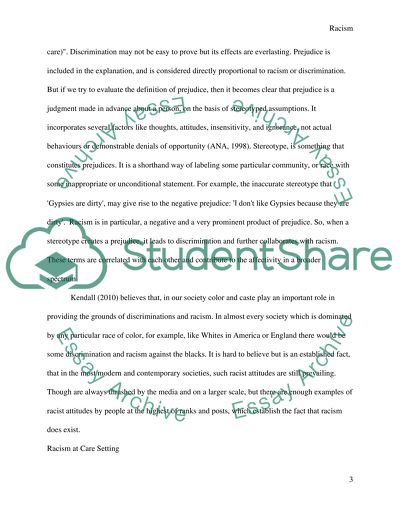Cite this document
(“Racism Care Setting Assignment Example | Topics and Well Written Essays - 1500 words”, n.d.)
Racism Care Setting Assignment Example | Topics and Well Written Essays - 1500 words. Retrieved from https://studentshare.org/sociology/1452586-racism-at-work-in-a-care-setting
Racism Care Setting Assignment Example | Topics and Well Written Essays - 1500 words. Retrieved from https://studentshare.org/sociology/1452586-racism-at-work-in-a-care-setting
(Racism Care Setting Assignment Example | Topics and Well Written Essays - 1500 Words)
Racism Care Setting Assignment Example | Topics and Well Written Essays - 1500 Words. https://studentshare.org/sociology/1452586-racism-at-work-in-a-care-setting.
Racism Care Setting Assignment Example | Topics and Well Written Essays - 1500 Words. https://studentshare.org/sociology/1452586-racism-at-work-in-a-care-setting.
“Racism Care Setting Assignment Example | Topics and Well Written Essays - 1500 Words”, n.d. https://studentshare.org/sociology/1452586-racism-at-work-in-a-care-setting.


